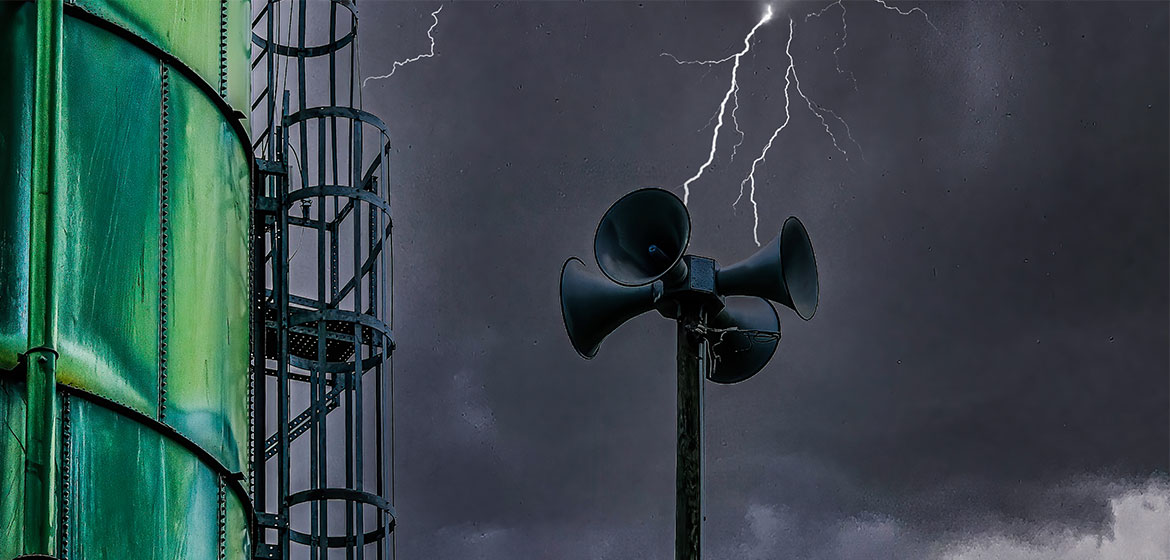How Do You Know If A Thunderstorm Is Severe?

This may seem like a ridiculous question to those who regularly monitor the weather, but for those who don’t, the definition of a severe thunderstorm is valuable knowledge. At Stone Claims Group, we worry that if people are unaware of what a severe thunderstorm is, they will be less inclined to pay attention to its hazards. After all, lightning, wind, and hail damage are likely occurrences in all building types. In this post, we’ll cover the critical components of severe thunderstorms and the severity of their impacts.
What Constitutes a Severe Thunderstorm?
A thunderstorm must produce at least one of the following for it to be considered severe:
- hail that is one inch or more in diameter
- Winds of at least 58 miles per hour (mph)
Now, some individuals may think to themselves, “58 mph? It is not much!” The issue is this: 100 mph winds, whether they are traveling in a straight line (as they would in a tornado) or revolving in a circle (as they would in a thunderstorm), are still 100 mph winds. They have the capacity to bring down trees that could damage nearby homes, electricity lines, vehicles, and people. Let’s examine a couple of the characteristics of thunderstorms in more detail.
Hail
Thunderstorms can produce deadly hail. Tiny ice particles and supercooled water droplets are lifted into a thunderstorm by its updraft. Afterward, they can condense and fall into the storm’s downdraft. Then, if the updraft is strong enough, it will be recycled back into the storm above the freezing point.
Hailstones can grow only when this process repeatedly occurs. A hail stone will hit the ground when it becomes too large for the updraft to support it during a storm. In supercell thunderstorms, hailstones can reach the size of a grapefruit, but keep in mind that only hailstones that are one inch in diameter or around the size of a U.S. quarter are deemed severe.
Wind
Damaging winds from thunderstorms can arrive in two forms; tornadoes or straight-line winds. We’ll look at straight-line winds a little more closely in this post.
A phenomenon known as a “microburst” is frequently caused by summer thunderstorms. These microbursts are what produce destructive and highly hazardous straight-line winds. Think of it like someone emptying a pail of water directly onto the ground. It extends in all directions. Typically, the storm’s base produces winds that directly exit onto the ground before spreading out in all directions. The damage from straight-line wind is frequently accompanied by snapped and uprooted trees.
Lightning
One of a thunderstorm’s most hazardous features is lightning. Lightning may strike up to 10 miles from the main region of the thunderstorm. That’s around the range at which the storm’s thunder may be heard. You also run the risk of getting struck by lightning, whether you can see the actual flash of lightning or not.
What to Do When a Thunderstorm Damages Your Property
When your surge suppressor fails in the event of a severe thunderstorm, your electronics and appliances could be heavily damaged beyond repair. The first step is to reach out to your insurance provider. However, if the insurance claim offered is inadequate to compensate for your losses, seek expert assistance from a public adjusting service. They can help advocate for the fair payout that you deserve!